|
Take a tour around a forties house with the Imperial War Museum - https://www.iwm.org.uk/learning/resources/the-1940s-house
0 Comments
To commemorate VE Day Ancestry is offering free access to all its UK records until Sunday 10th May. A wonderful way to kickstart your family tree.
Records you can investigate include: - the 1939 Register which was taken at the beginning of WWII - Civilian Gallantry Records - UK British Prisoners of War https://www.ancestry.co.uk
Back to the Land, we must all lend a hand,
To the farms and the fields we must go, There's a job to be done, Though we can't fire a gun, We can still do our bit with the hoe.
The Women's Land Army was first established at the beginning of 1917. It was hoped that their assistance would help to increase food production in Britain and lead to less reliance on imports. With war looking more and more likely plans to re-establish the WLA began in 1938 and it was reformed in June 1939, three months before Britain declared war on Germany. It wasn't disbanded again until 1950.
At first it women could choose to voluneer, but in 1941 conscription for women was introduced for the very first time. Many of those who joined were from cities such as London were unprepared for the hardwork and long hours farming requires. By 1943 the number of 'land girls' reached its peak at over 80,000! Women were employed in many different jobs. Around a quarter worked in dairy production. Other jobs included that of anti-vermin control to kill badgers, foxes, rabbits and rats! In 1942 the Timber Corps was formed to help source and prepare wood. Around 6,000 women became 'Lumber Jills'. You can find out more here: BBC Archive of World War Two Memories BBC Photo Gallery: Land Army https://www.womenslandarmy.co.uk During the Second World War food was rationed, which meant that cooking sometimes required a bit more inventiveness than otherwise! Here are some wartime recipes you could try at home.
Carrot Cake from the National Trust 1940's Style Recipe Book from Visit Ely Carrot Scones from Time and Tide Museum, Great Yarmouth Mock Crab from Beamish Museum This coming weekend marks the 75th anniversary of VE Day and an opportunity to find out more about World War II and life in the 1940s. Perhaps you are a parent homeschooling for the first time, or maybe you'd like a way to open up conversations with your elderly relatives to get their perspective on the era they grew up in? Over the next few days I'll be sharing resources and information to give you the opportunity to find out more. What was VE Day? Victory in Europe Day is a day celebrating the formal acceptance by the Allies of World War II of Nazi Germany's unconditional surrender. At 3pm on 8th May 1945 the Prime Minister, Winston Churchill, announced on the radio that the war in Europe had officially ended. The nation was relieved that peace had come at last and there were big celebrations and street parties. So the Second World War was over? VE Day marked the end of the European part of the war, but did not mark the end of the Second World War, which continued in the East in Japan. This came on the 14th August 1945 after two atomic bombs were dropped on Japan, one in Hiroshima on the 6th August and another in Nagasaki on the 9th August. And the impact of the Second World War was felt for many more years. Millions had lost family and friends. Much of the country needed to be rebuilt, especially cities that had been heavily bombed during air raids. And rationing continued until 1954. You can listen to the BBC Broadcasts here: www.bbc.com/historyofthebbc/anniversaries/may/ve-day-broadcasts On the outskirts of Cambridge can be found a sweet little medieval chapel, tucked away inconspicuously on Newmarket Road. The Leper Chapel, or Chapel of St Mary of Magdalene, is a beautiful example of Norman architecture and one of the oldest complete buildings in Cambridge! In the first half of the 12th century a Leper Hospital was built by the burgesses of Cambridge just outside of the main town to care for Cambridge's contagious sick. It was dedicated to St Mary of Magdalene, the patron saint of lepers. Shortly after, a chapel was also built. Although the exact date is unknown, it's certainly before 1169 as it appeared on the Pipe Roll for that year. The hospital received alms from the local Sheriff Everard of Beche, as well as probably receiving charitable donations (both in money and land) from local families. By the end of the century the hospital owned a reasonable amount of land and so would have been receiving an income through that as well, mostly from tenant farmers.
as a popular event in the annual calendar, playing a central role in the social landscape of East Anglia and beyond. This was helped both by its location which meant it was very accessible (on the main road to Newmarket and by the River Cam) and by its timing (between harvest and ploughing for the farmers, and out of term time for the University tradesmen). The fair was then given to the Corporation of Cambridge and the chapel was used as a storage shed. In the 1589 Charter from Queen Elizabeth I it was considered that the fair 'far surpassed the greatest and most celebrated fairs of all England.' By the sixteenth century the fair had expanded to cover over a month, from the 24th August to 29th September.
By this point the fair took a lot to not only organise but build too. Becoming a town of its own, temporary streets and stalls were assembled to cope with the vast numbers that descended each September, taking the employment of almost every Cambridge carpenter. The traders would often sleep in the back of the booths from which they plied their trade, and in the makeshift town square could be found a maypole for dancing and music. Even a pulpit was erected for the Sunday sermons, and the period equivalent of portaloos were provided! Defoe wrote that 'Sturbridge Fair is not only the greatest in the whole nation, but in the world' with 'goldsmiths, toyshops, braziers, turners, milliners, haberdashers, hatters, mercers, drapers, pewterers, a china warehouse, and in a word all trades that can be named in London' as well as 'coffee-houses, taverns, brandy-shops and eating houses innumerable ' As the fair wound to a close, more entertainment and social events could be found in the form of jesters, puppets, 'freaks', plays, acrobatics, wrestling, and other diversions. Of course the darker and not so polite side of society also frequented the fair with much gambling, prostitutes plying their trade and pick-pockets looking for easy takings. The fame of Stourbridge Fair grew as its importance did, and there are many references to it, if you just know where to look - inspiration for John Bunyan's Vanity Fair, in the diary of Samuel Pepys, and as we've seen Daniel Defoe wrote about it in his Tour. Even Isaac Newton visited during his time at Cambridge University in 1665 and bought several optical instruments along with a copy of Euclid's Elements which he used to teach himself mathematics. A legacy has also been left behind in the street names surrounding the area - Oyster Row, Garlic Row and Mercers Row being three such examples. The 18th and 19th centuries saw big changes in retail as the changing urban landscape saw the development of the high street. Furthermore, the advantages the fair once had were no longer present. Enclosure of the open fields made organising such a large scale event very difficult and the location was now a disadvantage, since the change brought an influx of the working class to the area, discouraging the more respectable elements of society and with it their purses. The fair continued to decline until 1933 when it was opened for the last time by the Mayor of Cambridge, Florence Keynes. The crowds of previous years were much diminished to no more than a mere handful and so the fair passed into the annals of history. The Leper Chapel is now in the care of the charity Cambridge, Past, Future and Present who hold open days and events, including a Medieval Fair each September. Pearce, Barry Stourbridge Leper Chapel 2003 Ridout, Honor Cambridge and Stourbridge Fair 2011 Last week I had the honour and pleasure of accompanying Queen Victoria on a royal engagement to Pontefract Castle. The Queen's Private Secretary, Sir Henry Ponsonby, was also in attendance. We met many of her majesty's loyal subjects and were particularly touched by the manners of the younger visitors, who were quick to learn how to behave during a Royal Audience.
(Queen Victoria and Sir Henry are portrayed by Eve and Steve Bacon of Live'n History) |
AuthorAn adventure loving historian with a soft spot for armour and motorbikes. Archives
May 2020
Categories
All
|


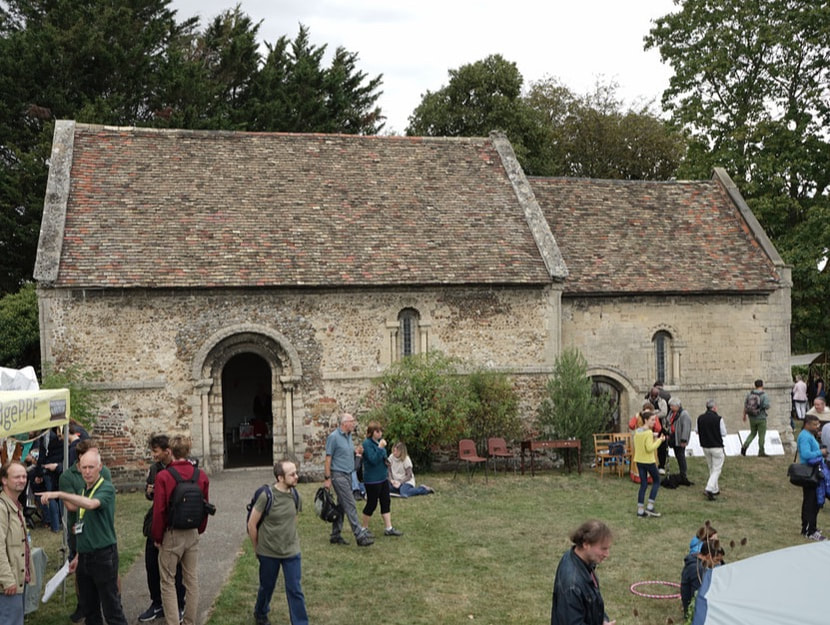
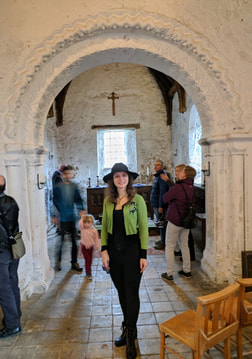
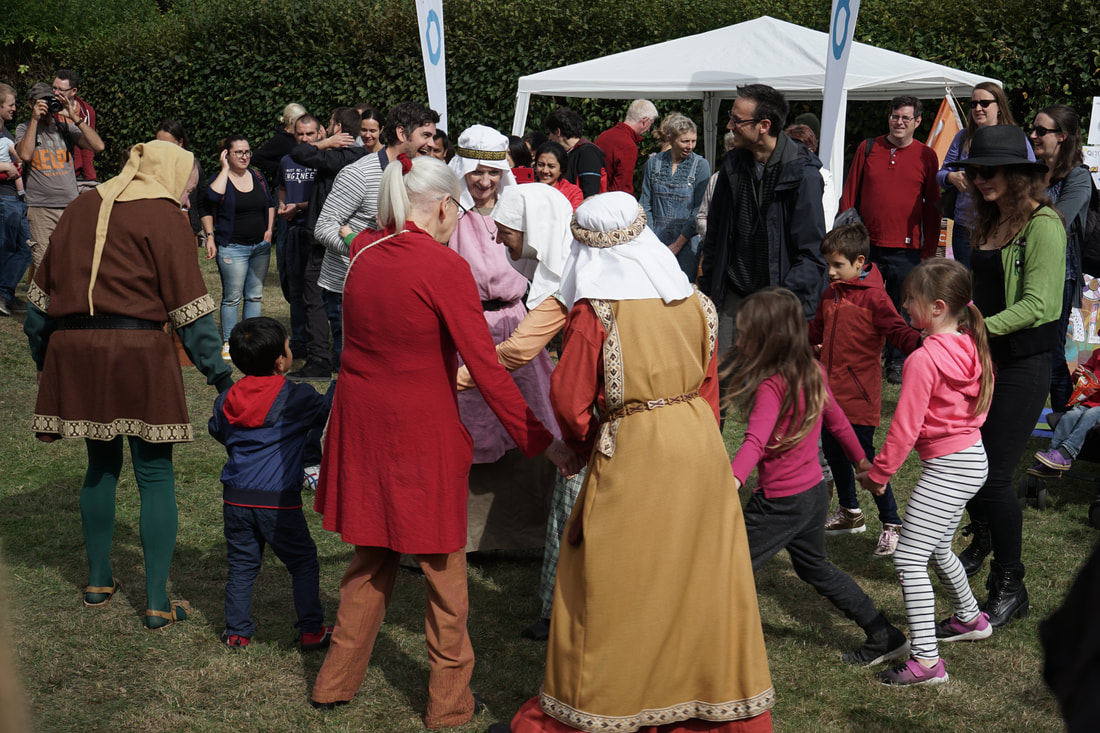
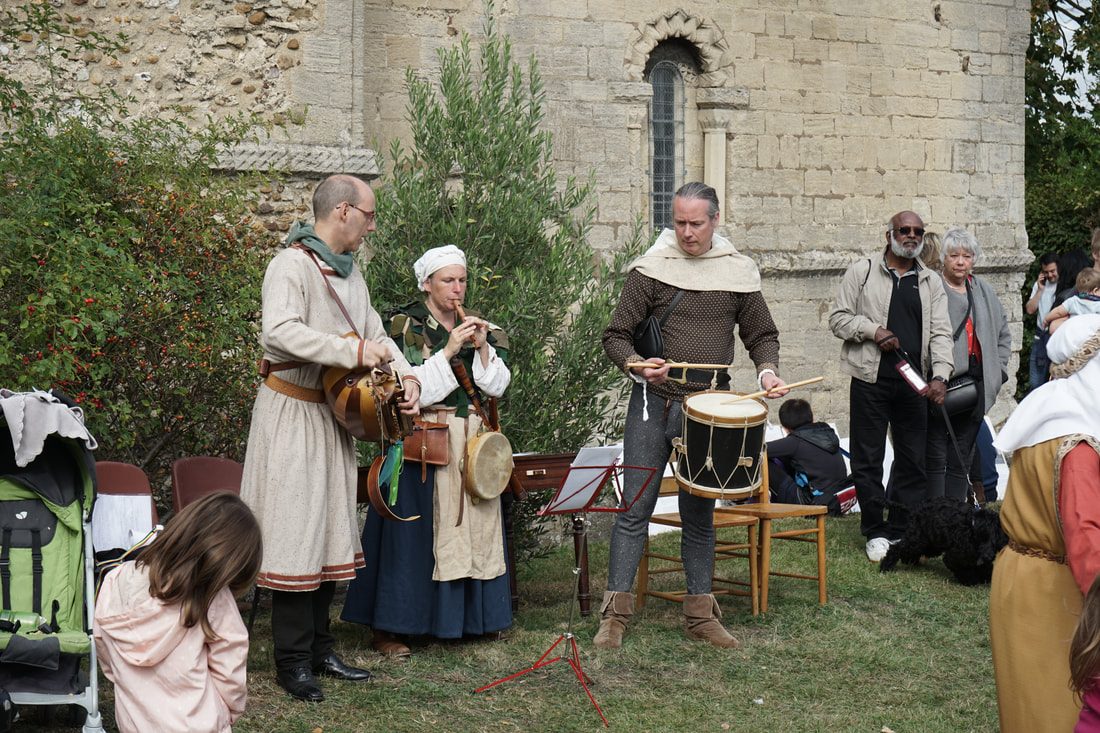

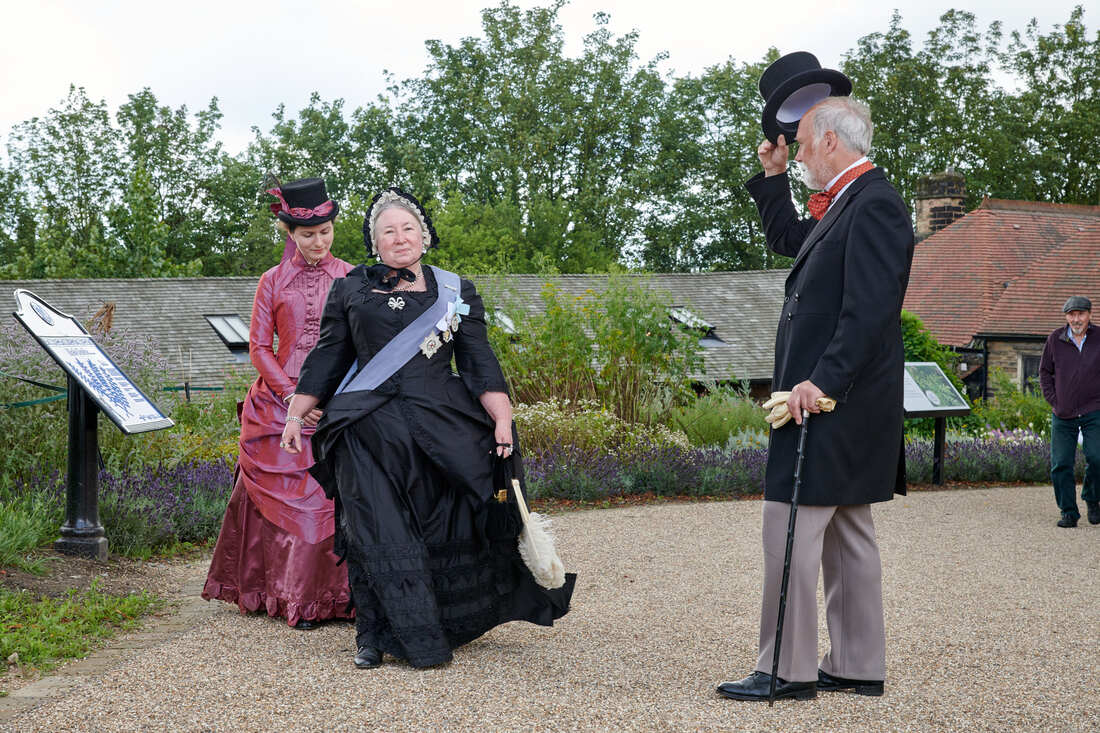
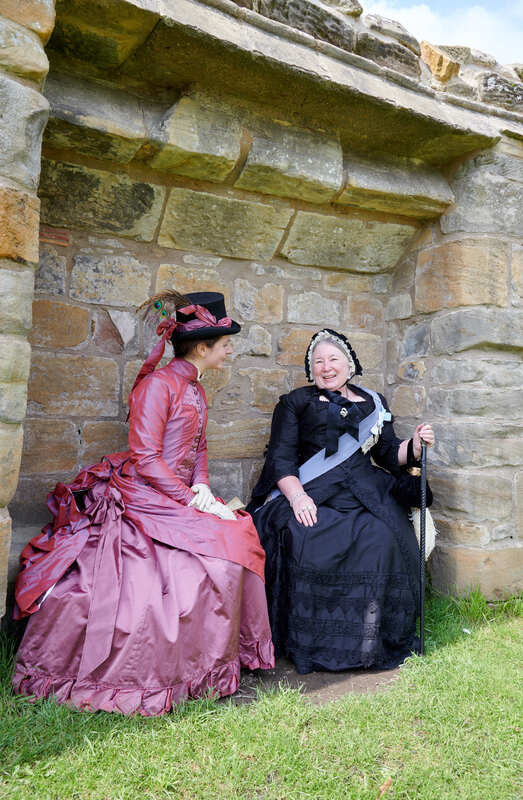
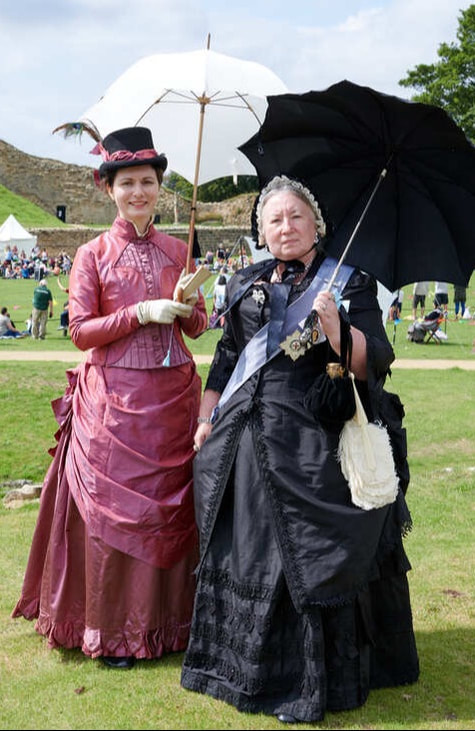
 RSS Feed
RSS Feed